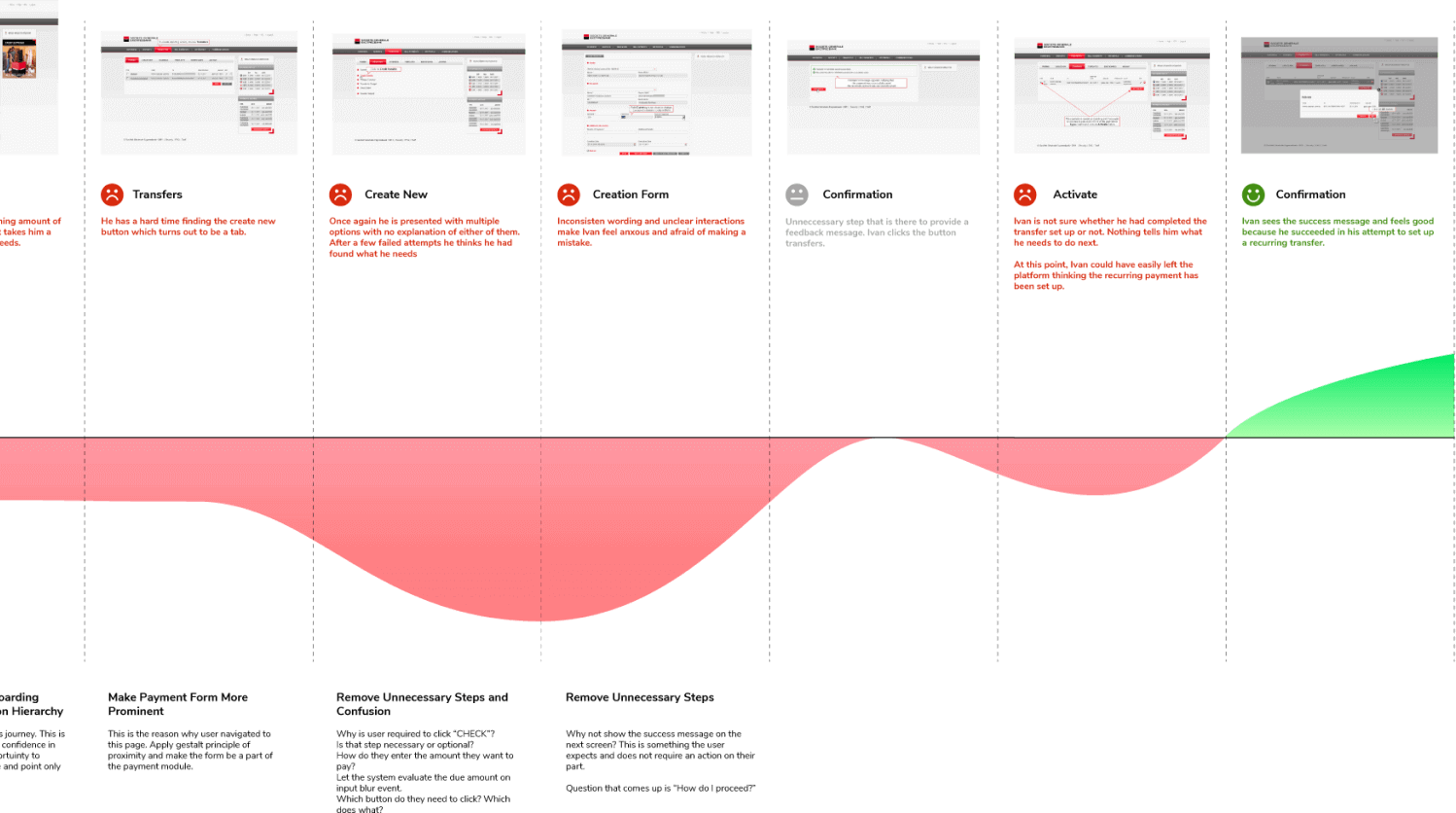Digital product development is the heartbeat of any thriving company. It's where the magic happens - whether you're tweaking an existing product, dreaming up something entirely new, or redefining your company's strategic direction. It's all about investing in what will bring the most value to everyone in the equation - your customers, your team, and your bottom line.
Think about it. The software products you create today shape the future of your business. They represent your commitment to innovation, your understanding of customer needs, and your drive to stay ahead in a competitive market.
In an ideal world, you wouldn't really be able to disconnect the purpose of digital product development from the goals of your business. You'd test, iterate and improve your products until you make sure that you're delivering something meaningful to the users while at the same time improving key business metrics.
What is value-based product development?
Value-based digital product development is an approach that focuses on creating products that provide meaningful value to their users. In today's digital landscape, companies must prioritize value creation over short-term gains to remain competitive. This is an end-to-end process that requires product teams to evaluate new ideas against strategic goals, customer needs, and the effort required to develop them.
The label ‘value-based’ is inspired by the value-based pricing strategy. Think of it like this: instead of pricing your product based solely on production costs, value-based pricing takes into account how much value your customers see in your product. It's all about finding that sweet spot where your business earns a profit while your customers and suppliers feel like they're getting a great deal.
Value-based product development takes this concept and applies it to every decision your product team makes, while considering areas such as customers, business goals, technology, go-to-market readiness, and stakeholders' impact.
But, how do you define value?
Value can mean very different things to different people/companies. It's a slippery concept. That's why value-based product development looks at research data to understand specific perceptions of value but it also looks at a digital product in its entirety. It seeks to understand all the touchpoints and treats each of them as an opportunity to provide something of value.
How value-based product development works
To implement a value-based digital product development strategy, there are several key steps that teams can take. First, it's important to conduct thorough research to understand the target market and customer needs. This can involve gathering data through surveys, focus groups, and interviews, as well as analyzing customer behavior through metrics such as website analytics and user testing.
At SpiceFactory, delivering value is our mantra and this focus on user research is the first, fundamental step in our process. This is where we ‘set the vision’ for the product we’re building. This initial phase provides the baseline data that will drive all design decisions and impact the product development decisions, too.
We put together all the information from user research to develop journey maps and visualize how a user interacts with your product. The idea is to look at the whole experience from the user’s point of view, how they’d feel at each interaction point, which part of the experience would give them most value, etc.
Product teams can use journey maps as a tool to inform their product strategy and roadmap. By prioritizing features and functionality that align with customer needs and preferences, teams can create products that are more likely to succeed in the market.
Value-based product development is an iterative process at its core. By continuously testing and refining the product, the development team can ensure that it gets to the core of users’ needs and delivers on their expectations. This approach also allows for the incorporation of new features and functionality based on user feedback.
Finally, value-based product development goes hand in hand with Agile methodology, with rapid release cycles and functional features at the end of each iteration. This requires a flexible mindset and a willingness to experiment and take risks.
Empowering your product team
In value-based digital product development, instead of getting caught up in a checklist of features, product teams are encouraged to think critically about how each feature contributes to the overall value proposition of the product.
They can assess the potential impact of each feature on customer experience, market demand, and business goals, and prioritize those features that align with the highest value. It also enables teams to be more adaptable and responsive to changing customer needs and market dynamics, as they can quickly iterate and adjust the product roadmap based on the value it delivers.
By empowering product development teams to prioritize value over features, organizations can foster a culture of innovation, creativity, and customer-centricity. This approach ultimately leads to the creation of products that are not only functional, but also valuable and competitive.
Guiding value-based product decisions
Customers find value in your product when it helps them solve their problems, and that's usually a combination of features and capabilities. So, how do you measure this elusive thing called value?
Instead of getting bogged down with assigning value points to individual features, try establishing product metrics that give you real insights into what's working and what's not. Think user adoption, percentage of users taking specific actions, or churn rates. These metrics are like your compass, showing you whether your product is hitting the right notes with your customers.
For example, let's say you're developing a project management tool. Instead of trying to quantify the value of each individual feature, you could track metrics such as the percentage of users who consistently use the tool to manage their projects, the number of completed projects, or the reduction in project delays. These metrics would provide a clearer picture of how well your product is delivering value to your customers and guide your decisions on further enhancements.
By using product metrics to gauge customer satisfaction and adoption, you can make data-driven decisions that align with your value-based approach. It allows you to continuously iterate and improve your product, ensuring that it remains valuable and relevant to your customers in the long run. Remember, it's not just about assigning value to individual features, but about measuring the impact of your product as a whole on solving customer problems and meeting their needs.
Takeaways
Value-based product development creates accountability for everyone involved and helps make product value explicit, comprehensible, and more meaningful. It is a disciplined approach to measuring the value of what is built, allowing teams to understand the impact of their work on the overall business and product strategy. By prioritizing value over short-term gains, companies can build long-term relationships with their customers and remain competitive in the fast-changing digital landscape.
If you want to build a digital product that will create tremendous value for the users and for your business, let’s talk!

